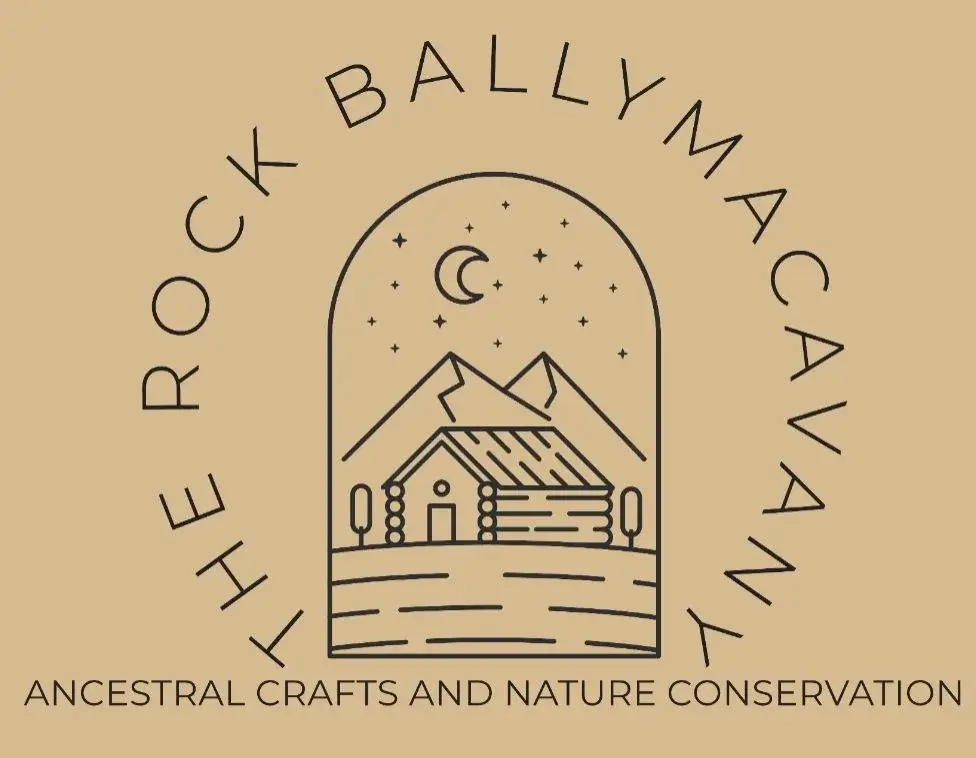Lovage (Levisticum officinale) – Robust Perennial Herb with Bold Flavour and Deep Roots in History
Botanical Name: Levisticum officinale
Common Name: Lovage
Perennial | Heirloom | Culinary & Medicinal | Grown from Seed
Lovage is a towering, hardy perennial herb with a flavour reminiscent of celery and parsley—strong, aromatic, and ideal for seasoning broths, stews, and savoury dishes. Once common in Irish and monastic herb gardens, lovage is now a lesser-known but incredibly rewarding plant for those interested in historical gardening, herbal traditions, and bold-flavoured cooking.
Lovage is easily grown from seed, and thrives in cool, damp Irish climates, where it forms a long-lived, reliable fixture in perennial herb beds or the back of kitchen gardens.
? Horticultural Highlights:
Plant Type: Hardy perennial herb
Height: Can reach up to 1.5–2 m tall in full growth
Leaves: Deep green, glossy, and finely divided — harvested like celery leaf
Flavour: Strong, savoury, and slightly peppery with a celery-like bite
Flowers: Umbels of small yellow flowers in summer, attractive to pollinators
Edibility: Leaves, stems, seeds, and even roots are usable in culinary and herbal applications
? Growing Instructions (Seed Propagation – Ideal for Irish Conditions):
Sowing Time:
Indoors: Start in spring (March–April) in modules or trays
Outdoors: Direct sow from late spring (May–June) once soil has warmed
Stratification Tip: For better germination, chill seeds for 1–2 weeks before sowing
Germination: 10–21 days at 15–20°C
Spacing: Thin or transplant to 60–90 cm apart
Soil: Moist, deep, fertile soil with good drainage
Light: Full sun to partial shade
Care: Mulch to retain moisture; cut back stems in late autumn
Harvesting: Light leaf harvest in the first year; full cutting from year two onward
? Historical Background:
Lovage has been valued since Roman times for both its culinary and medicinal properties. It was grown widely in monastic and medieval gardens across Ireland and Europe, where it was used as a flavouring, digestive aid, and tonic. The name is believed to derive from “love-ache,” reflecting its historical reputation as an aphrodisiac and general restorative herb. Though less commonly grown today, it remains a standout for gardeners wanting to reclaim powerful perennial herbs with real culinary heritage.
? Ideal For:
Perennial herb gardens, forest gardens, and permaculture plots
Heritage cooks, herbalists, and seed savers
Gardeners seeking flavour-packed low-maintenance perennials
Irish climates—especially damp, cool sites


Reviews
There are no reviews yet.